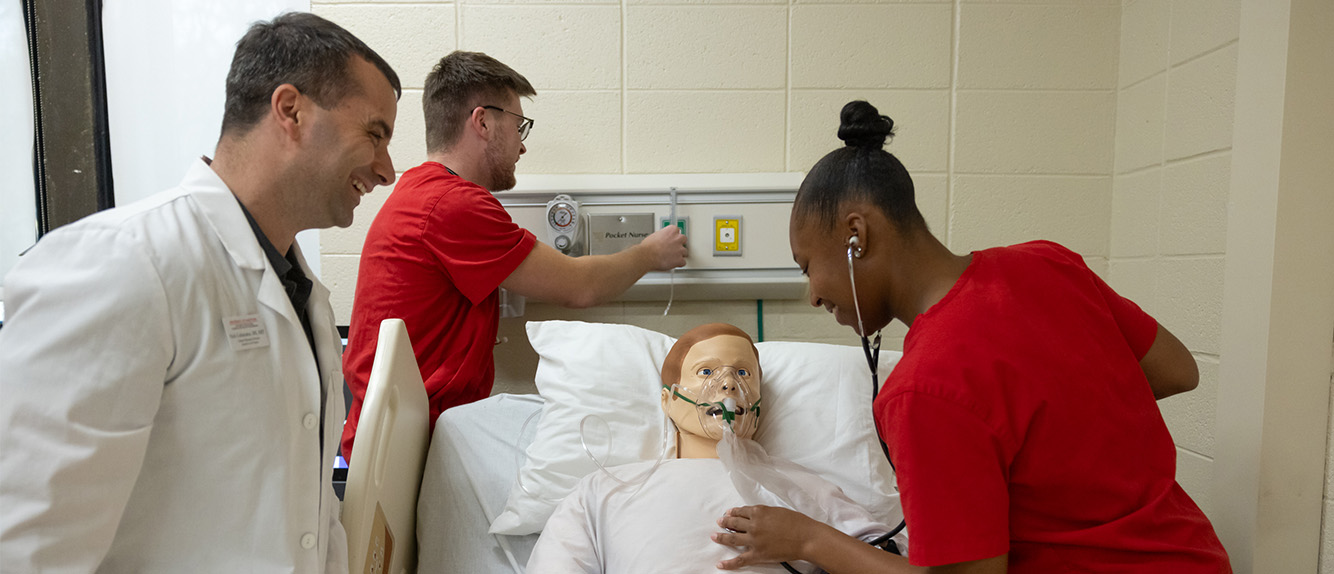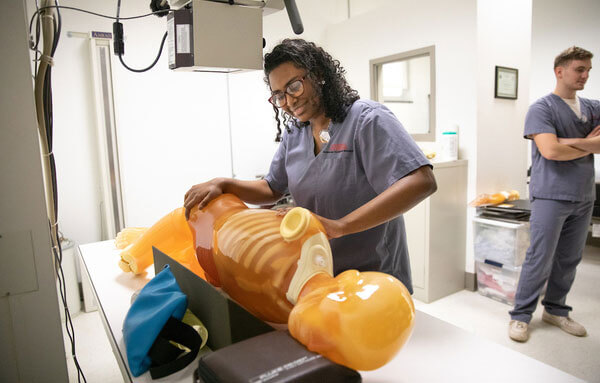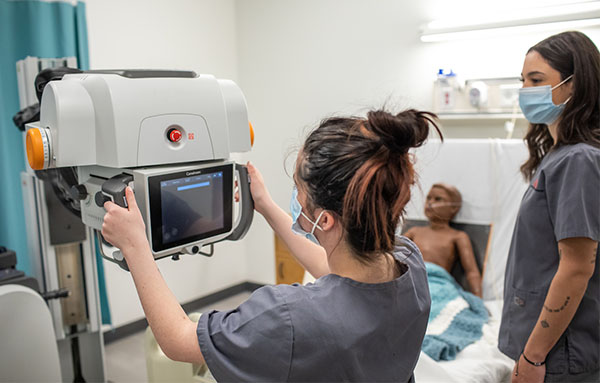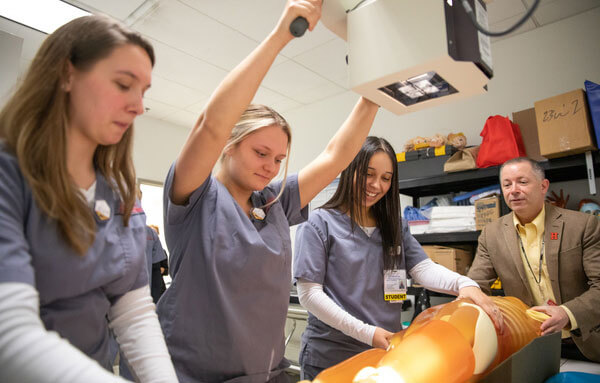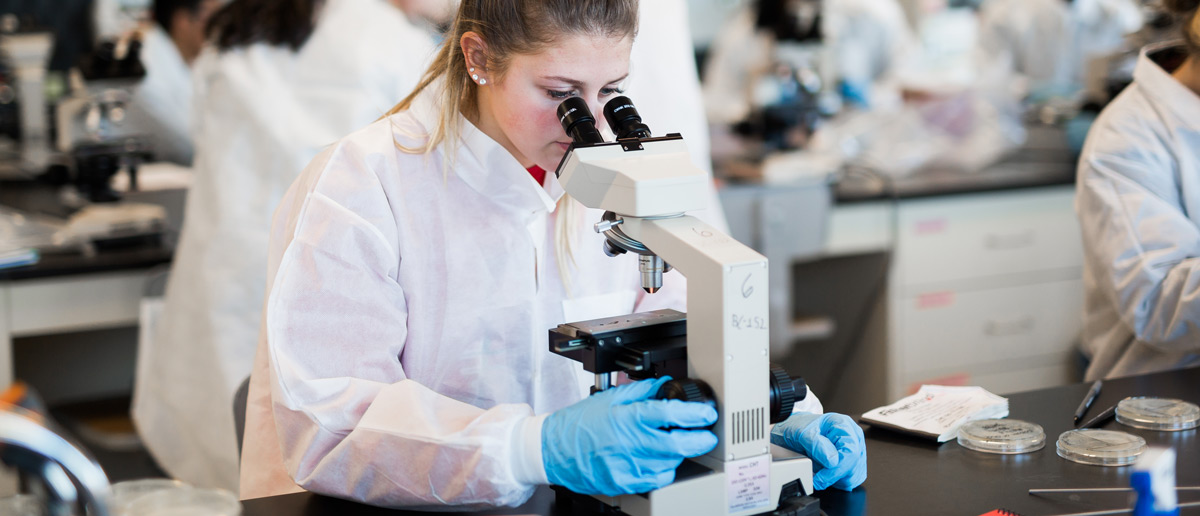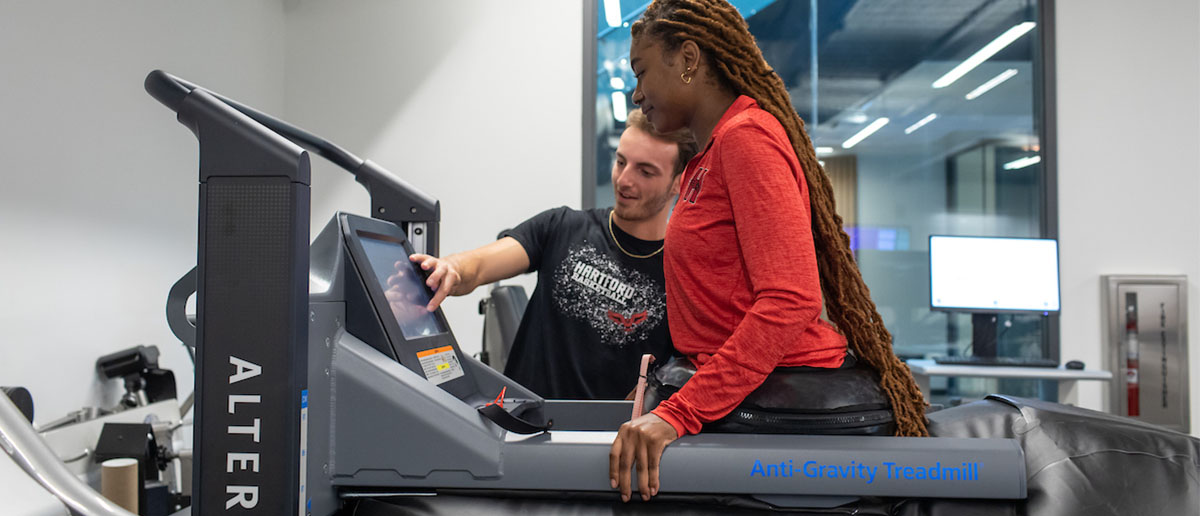The clinical role of the radiologic technologist encompasses the imaging modalities of general radiography, fluoroscopy, mammography, angiography, dual-energy x-ray absorptiometry (DEXA), computed tomography (CT), and magnetic resonance imaging (MRI).
The radiologic technologist must enjoy working with a variety of people and be dedicated to providing excellent customer service. The medical imaging profession is physically, mentally, and emotionally demanding.
Successful radiologic technologists possess excellent communication and problem-solving skills. In this complex field, professionals must rely on technical expertise in the physical principles of imaging; the operation of intricate equipment; radiation protection; and human anatomy, physiology, and pathology. The ability to navigate an active, fast-paced, and occasionally stressful workplace is vital.
Prospective students are encouraged to review our guide to the technical requirements for a career as a radiologic technologist. For the highly motivated individual who is committed to compassionate care and technical excellence, the profession of radiologic technology offers a rewarding career with substantial potential for personal growth and satisfaction.
